Tag: Cats
-
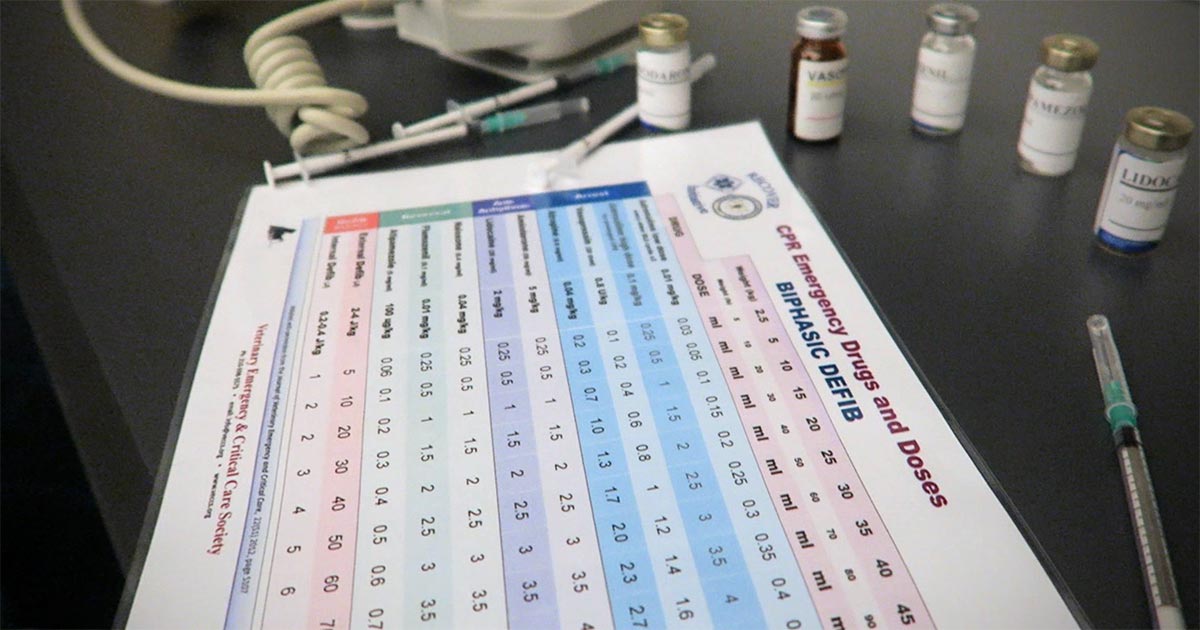
Cardiopulmonary resuscitation, pt 5: advanced life support
—
by
Advanced life support (ALS) can only be initiated once basic life support (BLS) has commenced. Where BLS refers to the initial stages of intubation, ventilation and chest compression, ALS is the advanced stage where vasopressors, positive inotropes, anticholinergics, correction of electrolyte disturbances, volume deficits, severe anaemia and defibrillation are performed. This is an important aspect…
-

Cardiopulmonary resuscitation, pt3: airway access
—
by
Hypoxia and hypercapnia have both been shown to reduce success in resuscitating human and veterinary patients – highlighting the importance of airway access and ventilation in the early phases of cardiopulmonary resuscitation (CPR). Although the benefit of early ventilation – within the initial minutes of CPR – is not clear in animals, it appears to…
-
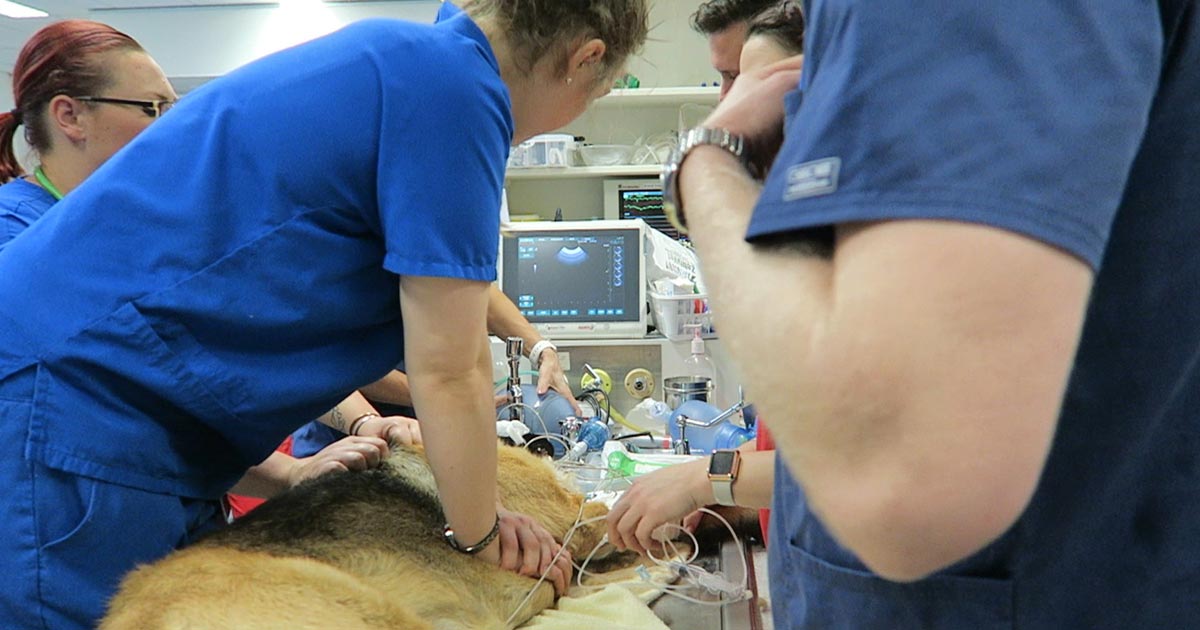
Cardiopulmonary resuscitation, pt 2: basic life support
—
by
In the cardiopulmonary resuscitation (CPR) guidelines, CPR is divided into basic and advanced life support. Basic life support (BLS) involves the act of chest compressions and ventilation. Prior to the CPR guidelines – developed by the Reassessment Campaign on Veterinary Resuscitation initiative, based on extensive, systemic veterinary literature reviews – no standardisation existed in CPR…
-

Mental health and self-care in our veterinary nursing community
—
by
As Veterinary Nursing Awareness Month nears its end, the appreciation I have as a vet for hard-working nurses worldwide remains endless. You are compassionate and empathetic, counsellors to distressed clients, shoulders to cry on, advocates for pets and a vet’s most reliable comrade. Together, we have the power to save and better the lives of…
-
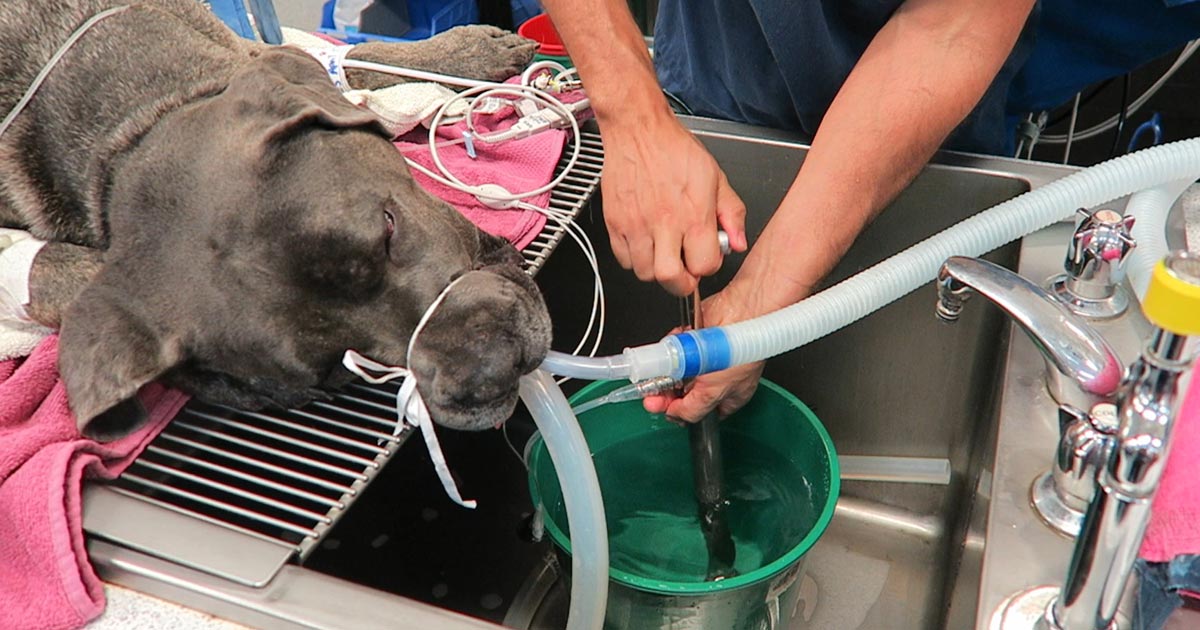
Gastric lavage: more harm than good?
—
by
We all know that sinking feeling when a patient has been known to have ingested highly toxic material and all effort to induce emesis had been unsuccessful. So, the next logical step is to perform a gastric lavage, isn’t it? Maybe not…. In recent reviews of the effectiveness of gastric lavage1-3 – using animal and…
-
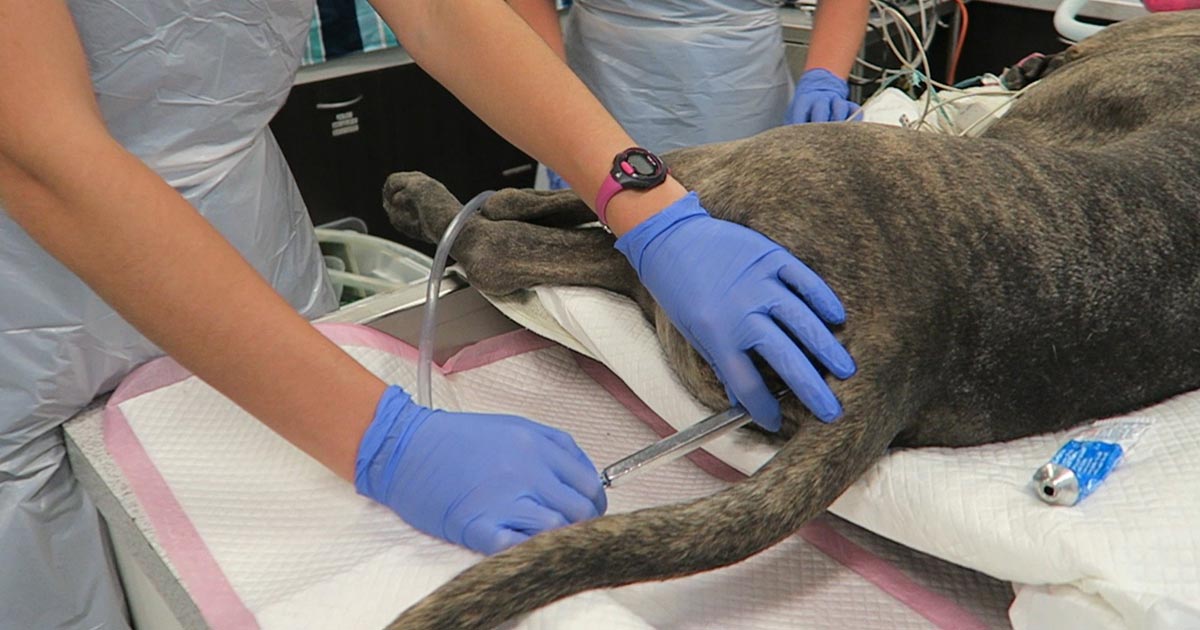
Catharsis, enemas and colonic irrigation for acute oral poisoning
—
by
Great news for those who hate enemas: you may not have to do any of these ever again. This is the consensus by both the American Academy of Clinical Toxicology, and the European Association of Poisons Centres and Clinical Toxicologists. The theory behind these procedures is legitimate – reducing systemic exposure of a toxicant by…
-

Encouraging mums ‘back to what they love’
—
by
A mother of four appointed as the new head of nursing services at one of the UK’s leading animal hospitals is marking International Women’s Day (today, 8 March) by urging more mums to consider returning to work after having children. Kathryn Latimer Jones has taken on the senior role at Linnaeus-owned Northwest Veterinary Specialists (NWVS)…
-
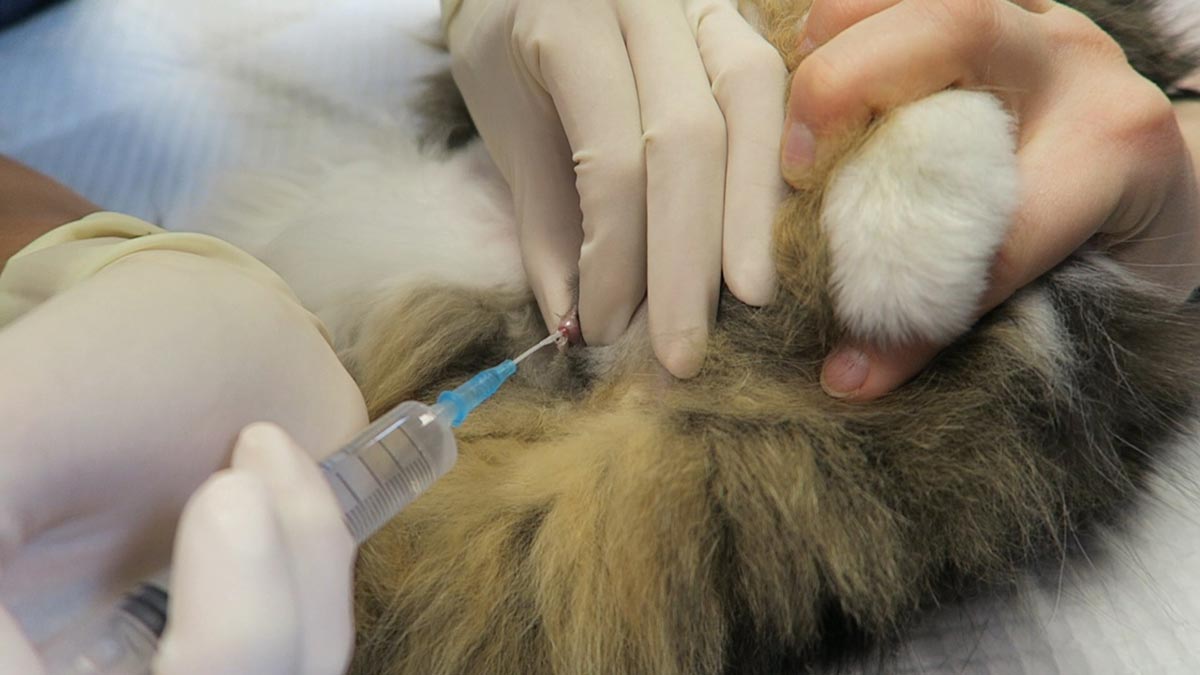
Temporary catheters in obstructed FLUTDs: buying time with a blocked cat
—
by
Obstructive feline lower urinary tract disease (FLUTD) is a common presentation in both general practice and emergency settings. Every clinician has his or her own approach to treating and managing a cat with obstructive FLUTD signs. Working in an emergency setting, once I have confirmed an obstructed bladder via palpation, I focus on trying to…
-
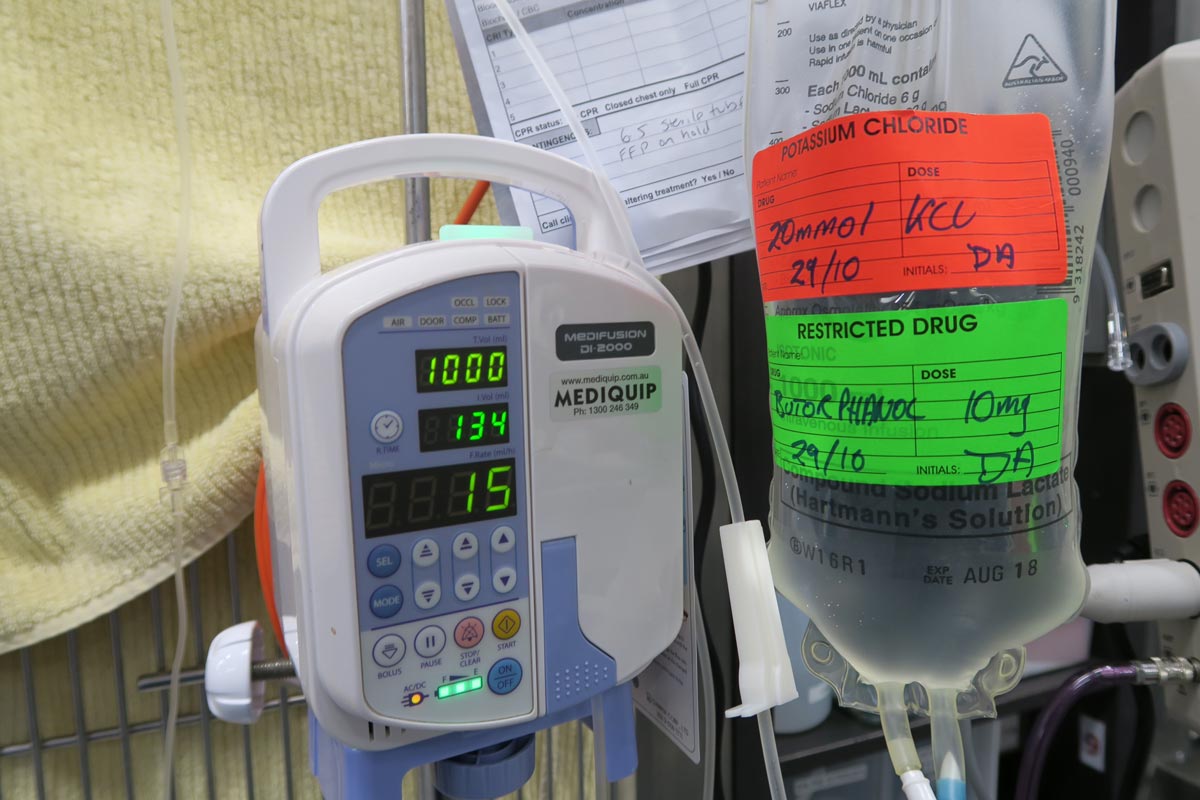
Maintenance fluids
—
by
A while ago we discussed the components of a fluid therapy plan and talked about hydration deficits. This week I want to touch on maintenance fluids. Maintenance rates are typically calculated using the following formulae: ml/day = 80 × bodyweight (kg)0.75 (cats) ml/day = 132 × bodyweight (kg)0.75 (dogs) or ml/day = 30 × bodyweight…
-
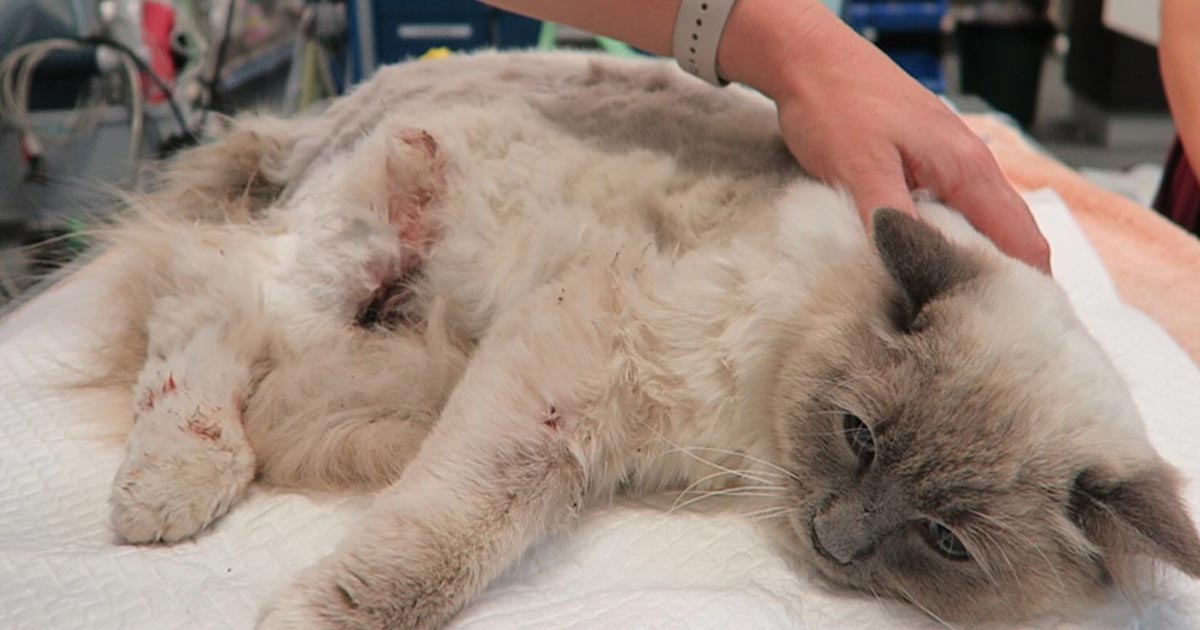
Cat bite abscesses
—
by
Cat bite abscesses are one of the most common presentations in general practice. Even in an emergency setting, I see a number of these patients. Usually they are obvious, but, occasionally, they’re not so obvious and the patient comes in lethargic, inappetant and often “painful”. Overly dramatic? One thing I’ve learned in my time is…